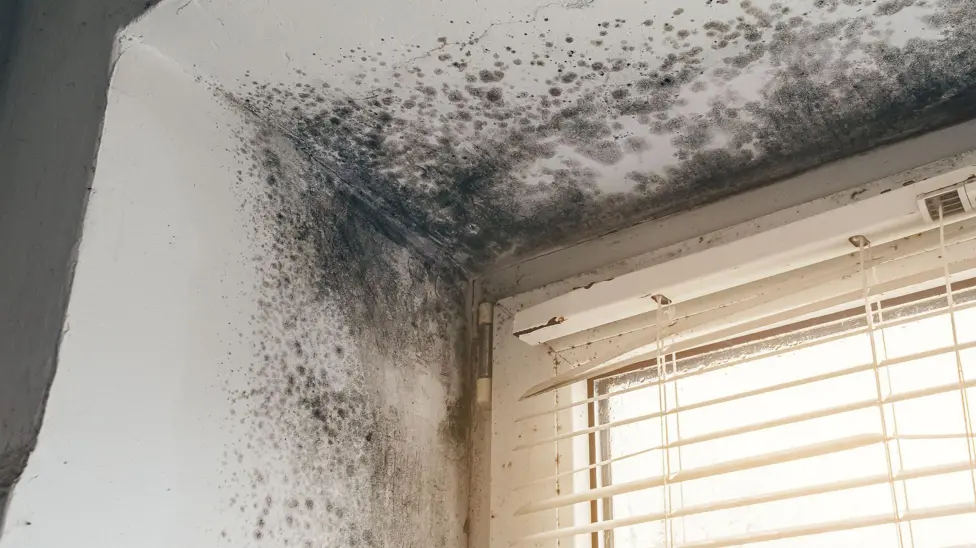According to the Mouldy Nation Report, eight of the ten local authorities with the highest number of mould and damp complaints are located in London
More Than 60% of UK Homes Affected by Mould, Report Reveals — Is Your London Borough Among the Worst?
More than 60 per cent of people in the UK are living with mould in their homes, according to Uswitch’s latest Mouldy Nation Report — a rise from 58 per cent the previous year.
Mould isn’t just unsightly; it poses serious health risks. Exposure can weaken the immune system and trigger symptoms such as nasal congestion, sneezing, coughing, and respiratory infections. It can also worsen asthma and allergic conditions.
The report also highlights a worrying trend in the capital: eight of the top 10 local authorities receiving the most complaints about mould and damp are in London.
How does your London borough rank?
1. Haringey
Between 2023 and 2024, Harringey received more complaints about mould and damp than any other local authority area, according to Regulator of Social Housing data. It received 30.71 complaints per 10,000 units.
2. Hammersmith and Fulham
Hammersmith and Fulham was second, with 29.07 complaints per 10,000 units.
3. Lambeth
The third-highest number of complaints occurred in Lambeth, with 26.83 complaints per 10,000 units.
4. Lewisham
Next up was Lewisham, with 25.86 complaints per 10,000 units.
5. Camden
The fifth-highest number of complaints was reported in Camden: 16.96 per 10,000 units.
6. Islington
Islington followed closely behind, with 16.09 complaints per 10,000 units.
7. Southwark
Southwark was seventh, with 16.01 complaints per 10,000 units.
8. Adur
Up next was Adur, with 15.21 complaints per 10,000 units.
City of London
City of London had 14.35 complaints per 10,000 units.
Why Is Mould on the Rise in UK Homes?
Mould thrives in cold, damp environments — and maintaining a warm, well-ventilated home is one of the most effective ways to prevent it. But amid the ongoing cost of living crisis, that’s become harder for many households.
According to Uswitch’s Mouldy Nation Report, 68 per cent of people said they had reduced their heating usage over the past two years due to rising energy costs. More than half (56 per cent) of respondents believed that this directly led to increased mould in their homes.
Who Is Responsible for Tackling Mould?
Responsibility for mould lies with both landlords and tenants, depending on the cause.
Landlords are legally required to address structural or maintenance issues that can lead to damp and mould, such as:
-
Leaking internal pipes
-
Poor ventilation
-
Faulty boilers or heating systems
-
Cracked walls or damaged roofs
These issues fall under a landlord’s duty to ensure the property is safe and habitable.
Tenants, meanwhile, also have a role to play in mould prevention through day-to-day behaviours, including:
-
Opening windows regularly to improve airflow
-
Using extractor fans in the kitchen and bathroom
-
Covering pans while cooking and keeping internal doors closed when showering or cooking
-
Drying clothes using a tumble dryer or in well-ventilated spaces
-
Wiping away condensation on windows and sills
Preventing mould requires cooperation between tenants and landlords — and with mould-related health risks on the rise, addressing the issue has never been more urgent.
Source: The Standard, March 2025







